Social Media Platforms You Should Use For Your Business
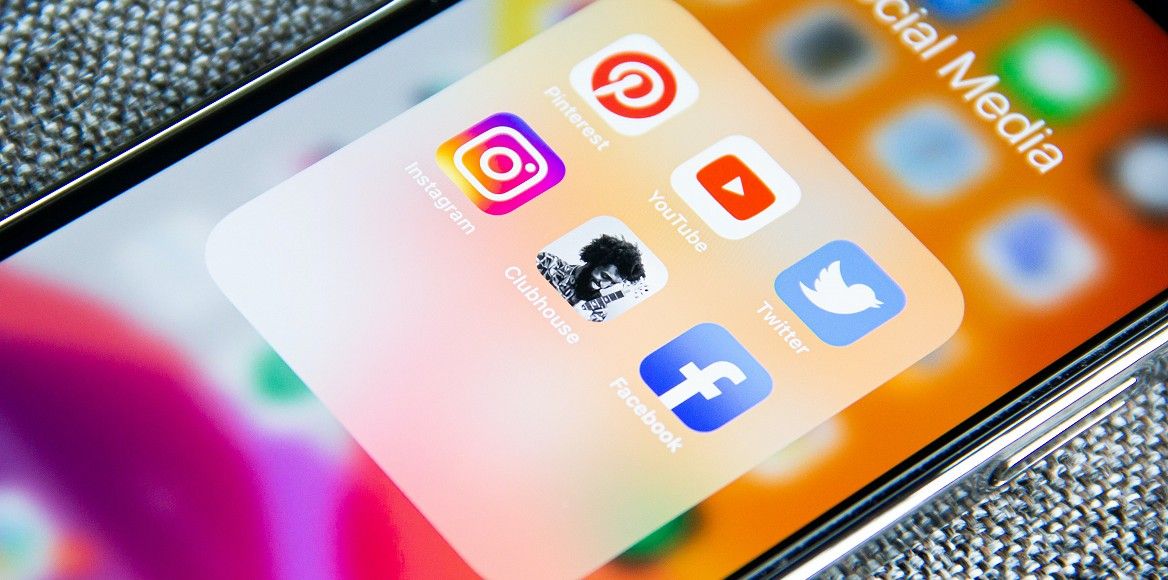
Choosing the right social media platforms for your business can be overwhelming. When you do finally make a decision on the social media channels you want to use, new platforms like TikTok and Clubhouse seem to pop out of nowhere and shake things up.
Worry no more. We’re going to break down each of the major social media platforms to help you decide which one is right for your business. Let’s go!

The largest social media platform in the world. Facebook allows users to share all types of content including: text, images, videos, livestreams and much more.
Users spend time on the app to socialise with friends and family, watch videos, catch-up on the latest news and much more.
Facebook attracts a lot of casual users, making it a great platform for businesses of all types to sell directly to consumers. The combination of Facebook Ads helps businesses directly reach consumers through highly effective, targeted advertisements.
Types of Users: 2.7 billion monthly active users of all demographics.
Key Statistics:
- 60% of all social media users are on Facebook
- Over 200 million small businesses.
- Users spend an average of 19.5 hours on the app each month.
Strengths:
- One of the most powerful advertisement tools.
- Largest social media platform.
- Features like ‘Groups’ make it easy to create and get involved in communities.
Weaknesses:
- Becoming less popular with younger users.
- Organic engagement for businesses has seen a recent decrease.
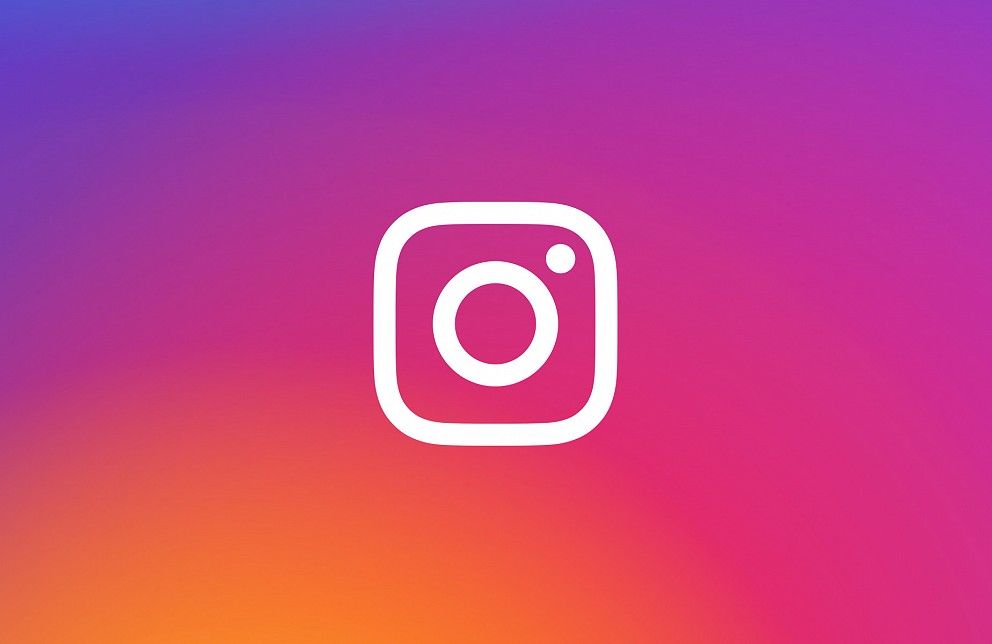
Instagram is a social media platform focused purely on visuals. Allowing users to share images and video in a variety of ways.
From normal posts in a feed to posts that disappear in 24 hours, and most recently the introduction of a place to create and share short-form videos similar to TikTok.
Facebook Ads also appear on Instagram, making Instagram just as important as Facebook for B2C brands to sell via Instagram. Influencer marketing is also big on Instagram, don’t miss out!
Types of Users: Over 1 billion monthly active users of all demographics, more popular with younger users.
Key Statistics:
- 71% of US businesses are on Instagram.
- 50% of users follow at least one business.
- Instagram helps 80% of decide whether to buy a product or service.
Strengths:
- More popular with younger audiences.
- Perfect for businesses with visual products.
- Popular with celebrities, maing it a great platform for influencer marketing.
Weaknesses:
- Restricted to only images or videos.
- Limited analytical tools.
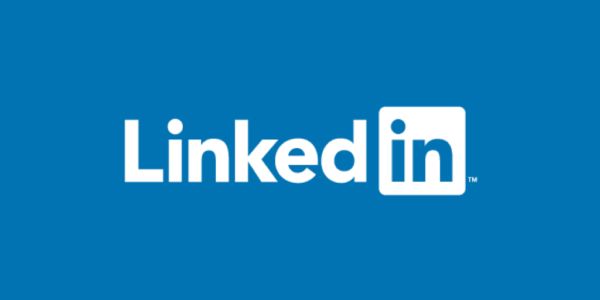
The worlds largest professional network on the internet. Users can connect with business owners and employees, find new jobs and learn new skills.
Effectively a professional version of Facebook, you can share all types of media and create a separate page for your business which users can follow and interact with.
LinkedIn is that perfect platform for any B2B businesses. Giving you the opportunity to build relationships with potential clients while generating brand awareness.
Types of Users: 310 million active users. Consisting of professionals, experts and industry leaders.
Key Statistics:
- 50% of internet users with a college degree or higher use LinkedIn.
- 55 job applications a second.
- LinkedIn makes up more than 50% of all social traffic to B2B websites and blogs.
Strengths:
- Great for B2B businesses.
- Best platform for networking.
- Ideal for building both your business and personal brand.
Weaknesses:
- Not great for direct to consumer businesses.
- Fraction of users compared to Facebook and Instagram.
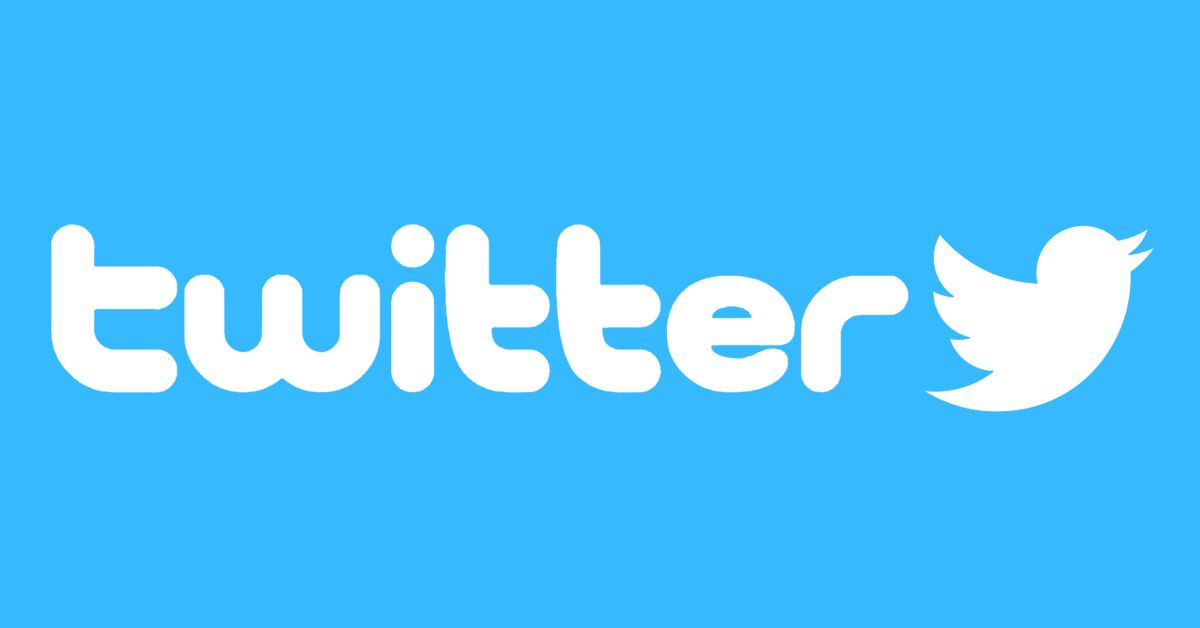
Twitter is a rather niche social networking site, sometimes described as a ‘microblogging’ platform. Users can share a variety of media such as images and videos while each tweet is limited to 280 characters.
Twitter boasts a loyal following from users wanting to keep up with the latest news. The character limit keeps tweets short, allowing users to scroll and read content with ease.
Despite the platform being known for news, it’s still a platform used by industry leaders, celebrities and big brands. The more informal style of tweeting allows brands like KFC, Specsavers, Google, Weetabix and Nando’s to have humorous conversations with each other that often go viral. Making Twitter a great platform for businesses to connect with each other.
Types of Users: 330 million active users in 2019. Mainly consisting of casual users, industry leaders/experts and big brands.
Key Statistics:
- 71% of Twitter users say they use the platform for news.
- Tweets with videos receive 10x more engagement.
- 85% of small and medium businesses use Twitter to provide customer experience.
Strengths:
- Allows you to reach wider audiences.
- Great for directly connecting with consumers.
- Ads are reportedly more effective compared to Facebook Ads.
Weaknesses:
- Need to tweet multiple times per day for growth.
- Restricted by 280 character limit.
TIKTOK

TikTok specialises in short-form video content. Users can create and share video content up to 60 seconds long. The platform is very simple, you simply scroll through videos presented to you by a tailor-made feed.
TikTok has boomed in popularity over the past couple of years, attracting younger audiences from all over the world. The content created on the platform is less polished and more amateur in style.
B2C brands are finding success through the use of targeted advertisements and sponsored challenges.
Types of Users: 689 million monthly active users, mainly younger audiences.
Key Statistics:
- Most downloaded app in 2020.
- Users spend around 46 minutes per day on the app.
- 62% of US TikTok users are aged between 10-29.
Strengths:
- Perfect for reaching younger audiences.
- TikTok are reguarly working on improving their ad platform.
- One of the most popular social media platforms today.
Weaknesses:
- Restricted to video only content.
- Difficult to keep up with latest trends and creation of viral content.
YOUTUBE
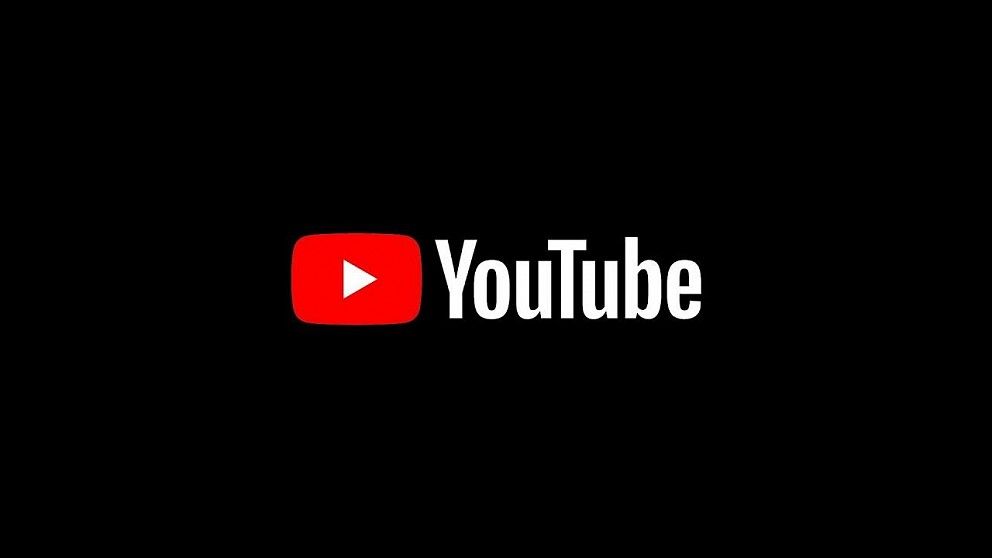
YouTube is a platform designed for sharing video. It’s the second largest social media platform and the second largest search engine behind Google. Users can watch videos of all types/lengths and even create their own channels to upload their own video content.
From children to adults, YouTube is used by people of all ages. YouTube hosts videos covering all types of content such as entertainment, education or news.
Many brands create their own YouTube channels to share videos ranging from behind-the-scenes content, educational resources, advertisements and much more. Brands that have a strong YouTube following can become very successful.
Types of Users: Over 2 billion monthly active users of all ages and demographics.
Key Statistics:
- 74% of adults in the US use YouTube.
- People watch more than a billion of hours of video on YT a day.
- 40.9% of YouTube watch time happens on mobile.
Strengths:
- A successful following can generate great business opportunities.
- Opportunity to make money through your videos.
- Reach a wide range of users across the world.
Weaknesses:
- It takes a lot of time and effort to create a successful YouTube channel.
- No guarantees your videos or channel will be successful.
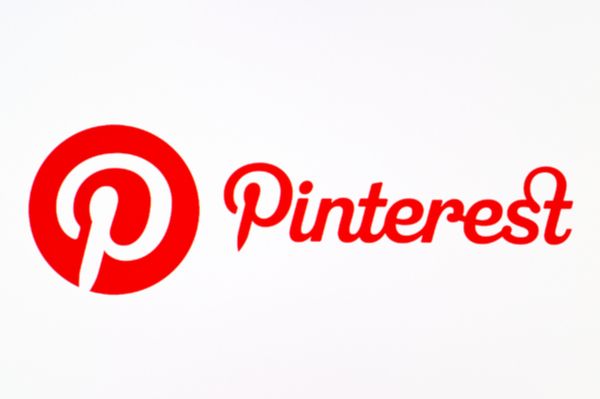
Pinterest is primarily an image sharing platform to help people find inspiration and ideas for their hobbies and interests.
Posts are called ‘Pins’ and each image can include a link to a website, making it useful for driving traffic to your website. This makes Pinterest an extremely useful platform for businesses that sell products.
Users are usually in their ‘buying phase’ when scrolling through Pinterest, it’s a social media platform that drives more sales than any other.
Types of Users: Over 450 million monthly active users, mainly women and middle aged/younger audiences.
Key Statistics:
- 85% of people use the mobile app.
- 60% of users are women.
- 89% of users are on Pinterest for purchase inspiration.
Strengths:
- High conversion/purchase rates from users.
- Perfect for visually pleasing brands and products.
- Helps boost website traffic.
Weaknesses:
- Takes a lot of time and effort to grow a following.
- Niche audiences compared to other platforms.
SNAPCHAT
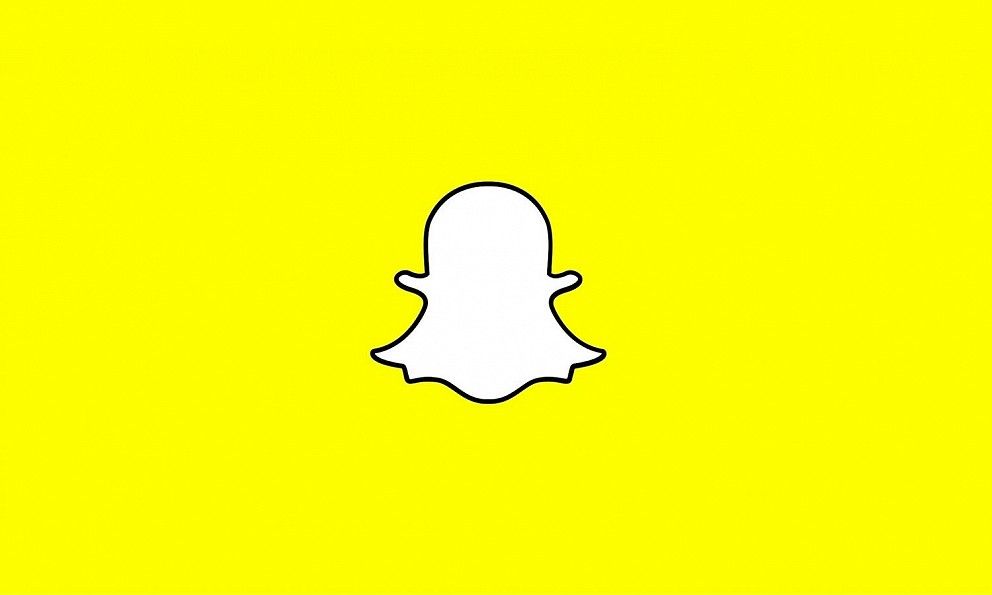
Snapchat is a messaging platform that allows users to send images and videos that disappear after they’re viewed. Snapchat were the first platform to introduce stories, posts that appear on your profile for a limit of 24 hours.
The majority of Snapchat users are female and young. Users must add people as contacts to send them images and videos directly, so not many businesses use Snapchat as a platform for marketing. However, there is the option to advertise on their platform, this can be great for targeting young consumers directly.
Types of Users: Almost 400 million monthly active users, mainly younger audiences.
Key Statistics:
- 2nd most popular mobile only app.
- 4 billion snaps created everyday.
- On average, users open the app more than 30 times per day.
Strengths:
- New tools for effective B2C advertising.
- A popular app with loyal users.
Weaknesses:
- Not a great platform for organic marketing.
- Images and videos don’t last long.
HOW TO MAKE YOUR DECISION:
Hopefully our breakdown of the top social media platforms have helped you gain a better understanding of each platform and whether they’ll be beneficial for your business.
Ultimately the choice comes down to one important question: What platform is your target audience using?
It doesn’t matter what platform is the most popular, it means nothing that a certain platform is quickly rising in popularity, the only thing for your business is to be present where your target audience is.
If you’re B2B, it’s likely LinkedIn will be the best platform for you. If you’re B2C, platforms like Facebook and Instagram will most probably generate some great results for your business.
Wondering how to best increase organic traffic on your chosen social media platforms? Check out our other blog!
Now you know what social media platforms you should be using, do you need some help creating tailor-made visual content? Get in touch today and we’ll book you in for a one to one with a member of our team!